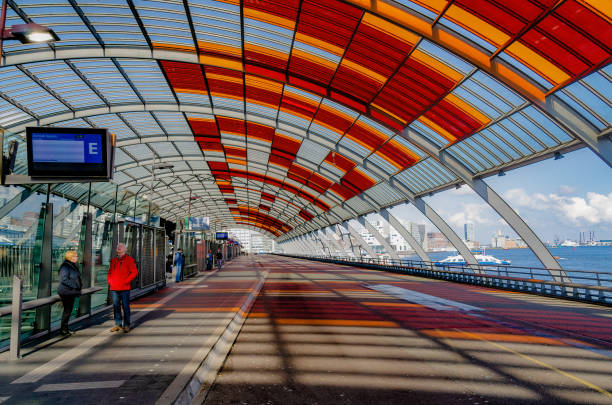
WeWork: SDEL ITT and Clémançon win a third project

In The Agility Effect, VINCI Facilities recently reported on its partnership with Bureaux à Partager, a Paris company that offers no fewer than 586 offices, 317 meeting rooms and a wide variety of coworking spaces for nomad workers and start-ups that can be rented by the hour, the day, the month or the year. It is the leading provider of this new property service in France.
A similar company currently ramping up in France is WeWork, the new American giant specialising in large coworking spaces. It focuses on highly flexible, 100% American-style spaces in the heart of the capital.
WeWork already operates five spaces in France and three further facilities are set to open in the near future. Given the success of the offering, a large number of further projects are currently on the drawing board.
Clémançon, a business unit within the Pôle Tertiaire Ile-de-France, had won a first contract for the WeWork-2 space via developer ISG. Following that, WeWork began to work with developer TETRIS, well known to our business units in the Greater Paris area.
Meanwhile, SDEL ITT won the power supply and ELV works packages for the WeWork-3 space (40 rue du Colisée in Paris), a €1.3m contract covering a 7,500 m² floor area.
Given the tight schedule, the business unit carried out the project in a joint venture with Clémançon in order to boost its capabilities.
Building on their success, the two business units have just won the same works packages for the WeWork-5 space under a €2.5m contract covering 19,000 m² in the Avenue de France (Paris 13).

The special features of these projects are decoration, concurrent work and speed. WeWork buys spaces (some in new-build structures), redevelops them to accommodate greater density – which requires enlargement of emergency exits and access doors and can generate substantial structural works – then comprehensively re-equips them and delivers them for operation in record time (four months for space No. 3, when a conventional project would have required double that amount of time).
Technically, the power supply and ELV systems to be provided are not especially complex but the resulting spaces are high-end and virtually all lighting is decorative. There are no false ceilings: ducts are therefore visible and need to be very carefully installed, or well-hidden prior to installation of the solid floor and plaster and stucco work.
Because the client and the developers are working to a very tight schedule, detailed drawings are never completed. This means that it is impossible, for example, to arrange the light points and lighting equipment according to a blueprint showing the size of the furnishings.
These projects therefore call for flexibility, ability to anticipate, focus on quality and steady nerves to manage concurrent work.
To review The Agility Effect article, please click here
Did you like the article ?



